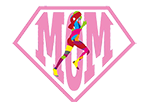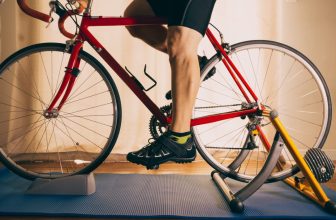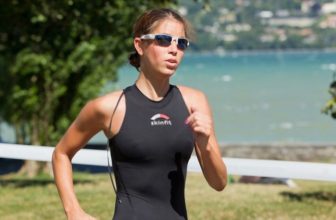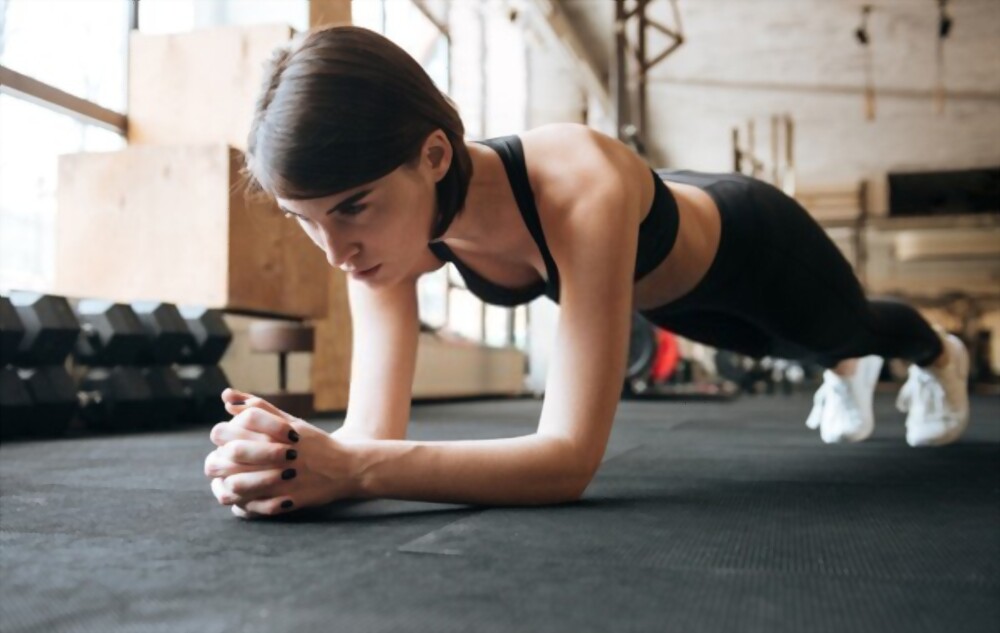
Many people have seen the trend of using an “ab workout” or “core” routine to gain muscle and lose weight. Those who use these routines typically start by doing a single set that involves 20 different core movements. Aside from the time and effort required, there are countless more reasons why this is a terrible idea. You can’t grow more robust if you execute this regimen once every few weeks or so since your muscles will adapt fast to repetitious movements.
What is the best approach to work out your core muscles? Which muscles are you most interested in working out? There isn’t one answer to this question. If you’re looking to build muscle, here’s a basic guideline for working out your core. As a bonus, this will also guarantee you’re not wasting your time with your workouts.
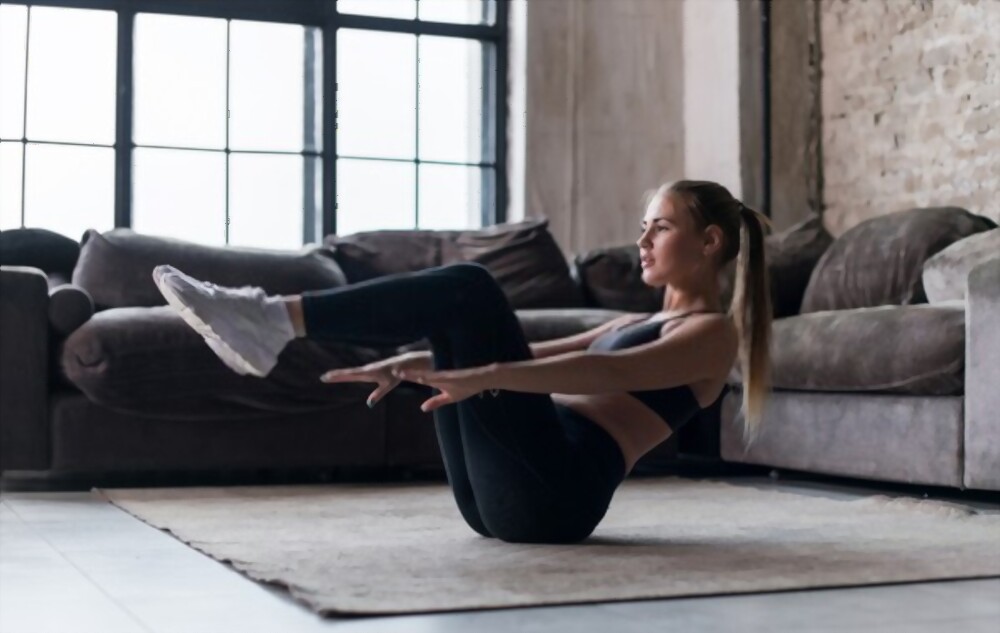
Mommy training crunch
The “ab” area of your body are those muscles underneath your abdominal region. That includes everything from the rectus abdominis (the more considerable 6-pack muscle) down to the transverse abdominis (the smaller one). The main exercises for this group are sit-ups, crunches, and Russian twists.
What Is Training The Core?
Training the core is a term used to describe exercises that strengthen and stabilize the muscles of your midsection. Pelvic tilts, side planks, leg lifts, planks with leg lifts, and more are great ways to train the core on your own without going to an expensive gym.
Your body relies on a network of muscles that work together to maintain your balance. When your body moves forward or backward, the muscles in your core are essential for maintaining your spine (the center) straight. This is because these muscles help maintain the spine, allowing gravity to draw it down and keep you standing.
When working out the core, or any other muscle group for that matter, you need to engage all the muscle fibers within each group to get the best results from your workout. As a result, exercises like sit-ups and crunches can cause damage to your abdominal muscles if you’re not careful.
The Correct Method of Core Strengthening
There are many misconceptions about different ways to strengthen the core. Some are outdated, and others have been proven ineffective. This part will discuss a more accessible, more innovative way to train effectively and efficiently your core muscles directly or indirectly. The part will discuss the best type of exercises for the entire spine and what is essential to develop a strong core while minimizing injury risk. The suggestion is for a specific exercise that can be done at home with minimal equipment needed, which can then be progressively more complex over time.”
Strengthen with Arms Overhead
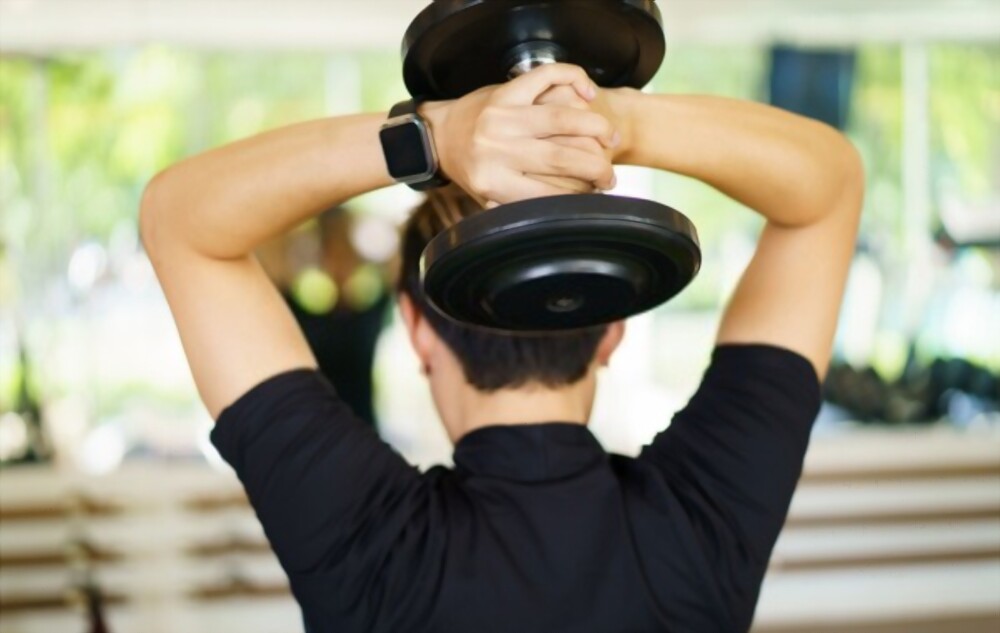
Strengthen with Arms Overhead
When your arms are hoisted above, as, in an ab-wheel rollout, you should be able to keep a straight spine if your abdominals are strong and working correctly.
To strengthen your core, practice the rollout. Starting with a slightly rounded spine, kneel with your hands on each side of the steering wheel. Lower your hips toward the floor as the arms begin to move forward with the wheel. Stop short of full extension while rolling out if you’re experiencing a lot of pain in your lower back.
Strengthen While You Rotate
Core-challenging activities, like twisting your spine in one way or another, can help you gain muscle mass more rapidly and effectively. For example, strengthening your abdominal and oblique muscles may improve your swing power when you play golf, slap shot, or serve tennis.
Strengthen your “anti-rotation” by doing Split Stance Cable Lifts. Using a low-pulley bar attachment, keep your outer leg forward while kneeling. Grab both ends of the bar, drag it across your body, and press the bar forward with the bottom hand. When done correctly, you’ll feel this in your lower abs and obliques, and it does need a significant amount of weight to be effective.
Use Full Range of Motion
Sit-ups have the disadvantage of locking your hips and pelvis into place when you’re laying down. If you perform them often enough, you’ll develop a dysfunctional pattern in which your hip flexors take precedence over your abs, causing stress on your spine.
Maybe there’s a better way, one that promotes more flexibility? The Raise with the Hanging Legs. Slowly raise your knees toward your chest while hanging from a pull-up bar. If you go too rapidly, your hip flexors will be engaged, which is counterproductive. Don’t cut your range in half. It’s OK to round the spine here but aim to get the bottom of your shoes to face the wall in front of you, with your knees resting on top of your chest while keeping your back straight.
Do Old-School Movements
Traditional, multi-muscle group workouts are one of the most effective strategies to strengthen your core. Squats, deadlifts, overhead presses, and pull-ups are all on the agenda. Strengthening your core when lifting, squatting, bending, pushing, or pulling a bar over your head requires a tremendous amount of core power. You’ll build strong, functional abs that look nice if you do these activities regularly and with the correct technique.
What’s the Point of Having a Firm Core?
According to a personal trainer, many aspects make up my job. One of the most important is understanding human anatomy. When I send clients to the mirror, I want them to see symmetrical muscles. Another aspect of my job includes teaching clients how to properly perform exercises like crunches and planks because they are crucial to any fitness regimen. The core is often neglected when it comes to these two factors, but this is why we need “A-Better-Way-to-Train-the-Core. “
Many people do not understand how to train the core, resulting in an improper workout that does little for the core and instead results in injury. This is especially true of exercises like planks and crunches. The technique used in these exercises often leads to pain and strain on the spine and discs. To properly train your core, one must first understand its function.
The core consists of many different muscles that are responsible for movement. The abdominals and hip flexors stabilize the spine, while the rotator cuff, lats, and multifidi tend to rotate it. When you work out your core, you want to ensure that you are working all of these muscles that help keep the spine stable. Core training is not just an exercise; it is a lifestyle that must be adhered to if one wants to build muscle and improve their health. Many people see abdominal or rotator cuff strengthening exercises as essential.
Types of Exercise for Train the Core
Strengthening and conditioning are essential whether you are a professional athlete or simply trying to become better. A weak core might make the difference between a lifetime of doing what you love and having to give it up altogether. Squats, for example, will be discussed in this section along with other core-strengthening exercises. With this information, you’ll be able to work out your core without overworking yourself!
Crunch
One of the most frequent techniques to strengthen your abs is through crunches. When you raise your upper body, your abdominal muscles are activated. If you’re experiencing back pain, start with just a few crunches and work your way up. If you have recurring low back problems, get guidance from a skilled personal trainer or healthcare professional before practicing the classic crunch. It’s not always the best option, though.
Step 1: Start from the bottom up. Kneel down with your feet hip-width apart on the floor. Your head and spine should be aligned. In front of you, your arms ought to be crossed.
Step 2: As you tighten your abdominal muscles, let go of the tension in your shoulders and neck. Lift your upper back and maintain your lower back, pelvis, and feet firmly planted on the floor. Pause.
Step 3: Bring your body back to its position at the beginning by softly lowering your upper back.
Step 4: Begin with one set of eight to twelve repetitions.
Bicycle Crunch
The obliques, rectus abdominis, and hip flexors are all targeted by this modification of a standard crunch. It would be best to begin by lying on the floor with your back, then bending and drawing your left knee toward your chest. Always keep your right leg straight and slightly raised off the ground. Put your hands behind your neck or on the back of your head, but be cautious not to pull on your neck while doing this action. You may also put your hands on the bottom portion of your head.
Step 1: While maintaining a straight right leg, lift your right shoulder off the ground and pull the elbow on that side closer to the left knee. Make sure your left knee is bent and your right is straight when you do this exercise.
Step 2: At the same time that you are lowering your right shoulder to the ground, you should extend your left leg while simultaneously bending your right knee and bringing it closer to your chest.
Step 3: In order to get closer to your right knee, you need to elevate your left shoulder and elbow. As your right knee sinks farther into your thigh, doing this might be beneficial.
Step 4: You should begin with three sets of twelve alternating repetitions.
Turkish get-up
This exercise targets the whole body and is excellent for increasing spinal stability and improving mobility in the hips, lumbar spine, and thoracic spine. In addition to this, it is an excellent way to build strength in the abdominal muscles that surround your spine as well as in your shoulders. Perform this exercise without weight the first time or twice, and then go on to something less (imagine five pounds) to test whether or not your shoulders are strong enough to support weight while it is held above. As your strength increases, you should work with a greater weight.
Step 1: While flat on the floor, do this exercise with your knees bent and arms extended at a 45-degree angle. Before going on, make sure everything is in order. When you lift your right arm straight up, ensure your hand’s knuckles are pointing in the same direction as your right arm (this helps with shoulder stabilization).
Step 2: Concentrate your attention on the ball of your fist; here is where the bulk of your weight will be. Maintaining your hand positioned squarely over your shoulder throughout the movement is essential. Make sure you’re leaning into your right heel and left elbow so that your chest is positioned in front of you, rather than pointing up toward the sky. Using your abs and left hand, place yourself in a sitting posture and slowly lower yourself to the floor.
Step 3: Slide your left leg beneath you, aligning your knee and ankle with your left hand. Kneel with your left knee and right foot, withdrawing your left hand. Holding your right arm aloft, lunge with your right foot and left leg. Stand up!
Step 4: Reverse the motions until your back touches the ground. Start by doing 3–5 repetitions.
Benefits of Strong Core
The core is our bodies’ engine of life. Your body is supposed to use the force generated by your core muscles, like a bike. The more you use it and keep it strong, the better your daily life will be because of how many different things you can do with it.
Stabilizing the lower back
A 2017 research found a link between aging and core back muscle quality deterioration. The researchers stress the need for back pain treatment for the elderly, especially those overweight. The same research found that women’s core back muscles are smaller than men’s. According to one study, core muscle quality may be linked to postmenopausal hormone fluctuations.
Core exercises for beginners will help you build stronger core muscles, enhance your balance, and get back to your best physical form. Begin with simple exercises such as bridge lifts or toe taps before progressing to more complex movements.
Supporting better posture
In past research, the advantages of core training for runners have been inconsistent. An 8-week core training program for better static balance, endurance, and running energy has been shown in a small 2019 research of male collegiate athletes. You may improve your running style, speed, and breathing efficiency by focusing on the muscles of your core.
Making everyday movement easier
There was no connection between core training and functional mobility in earlier research from 2011. According to the researchers, there is a lack of evidence since there are no standard criteria and testing procedures across studies. However, activating your core via deliberate breath control and improved posture may help with everyday activities like bending, lifting, and turning. Learning to recognize your core muscles and how they operate helps you remember to keep your emotions grounded in your core while you go about the business of your day.
Increasing stability
Athletes and non-athletes should consider their level of stability in terms of their ability to carry out tasks independently. It’s not enough to stand on your own two feet and not trip and fall. You may improve your balance and coordination by using your core muscles while doing balance exercises.
Helping to reduce lower body injury
Injuries to the lower extremities are linked to poor core stability, according to 2018 research (hip to toes). Research published in the Journal of Strength and Conditioning Research suggests that persons in good health with a history of hip, foot, or leg issues may benefit from core strengthening activities.
Exercises that focus on strengthening the core may help older persons at risk of falling. National Institute on Aging (NIA): Exercise may lower fall risk and associated problems (Trusted Source).
Helping to reduce or prevent pain
Several researchers recommend Core strength training for back and hip discomfort. More than 50% of Americans have persistent back pain, according to 2015 research. Researchers know that the severity of weakening core muscles, mobility difficulties, and back pain are linked.
Most research on this topic hasn’t outlined a consistent approach for comparing core training to resistance training. Core strength training is safer and more manageable than resistance workouts for those with back discomfort.
FAQs
What distinguishes core stability from core strength?
Core stability, on the other hand, is achieved when the whole core musculature contracts statically to prevent undesired motion, as in a sit-up or a back extension.
Why is stability important in body movement?
To maintain a posture or action, the body requires much more physical effort if it lacks stability. Regarding maintaining a joint’s position, stability is described as the “coordination of surrounding tissue and the neuromuscular system”.
What muscles are involved in core stability?
A person’s core muscles comprise the transversus abdominis, multifidus, internal and external obliques, rectus abdominis, longissimus thoracis, diaphragm, and the pelvic floor.
What kind of core exercises can I perform to strengthen my abdominal muscles?
Abdominal workouts are numerous. Only doing sit-ups won’t train your core as well as a variety of exercises, so mix it up. Spiderman plank crunches are excellent core workouts. Plank, then bring right knee to right elbow, then left. For a side plank, lay on your side with your legs straight and prop yourself on your forearm. Hold the posture for one minute with your knees and hips off the floor.
How will Yoga help my core fitness?
Training with a Swiss ball may improve your core and activate more muscles if utilized appropriately. By making the surface unstable, we emphasize stability. Balance exercises develop core muscles and build physical endurance. Swiss ball training may provide variation and intensity to advanced core routines. Swiss ball training may enhance flexibility and coordination.
